Chatham Intra is an area linking both Rochester and of course, Chatham. It has been a site of breweries, synagogues, a trade hub and a sanctuary for the ill. This rich history is often forgotten or resigned to the pages of history. However, there is now an opportunity for those who are curious about this fascinating area to discover this forgotten history with a new set of guided tours exploring the area. I decided to head to one of these tours and see what I could learn.
Each Saturday three tours are held with each week being hosted by a different historical character. I was lucky enough to have Mrs Catherine Dickens herself who was full of enthusiasm and passion for the area, even being dressed in period costume which I must say was very impressive. After introductions were made, she began her tour, starting off with the history of Chatham House. A grade II listed Georgian mansion house which you can just imagine was a centre of this historic area. With a vast brewery and courtyard out the back which stretched right up to the river itself. The area even had a natural spring with a waterwheel (Which you can still see outside of Eastgate House in Rochester). Mrs Dickens informed me that the water was particularly useful for the tanning and leatherworking businesses in the area, as nobody wants the permanent stains and smells of blood and offal lingering on the high street (yuck).
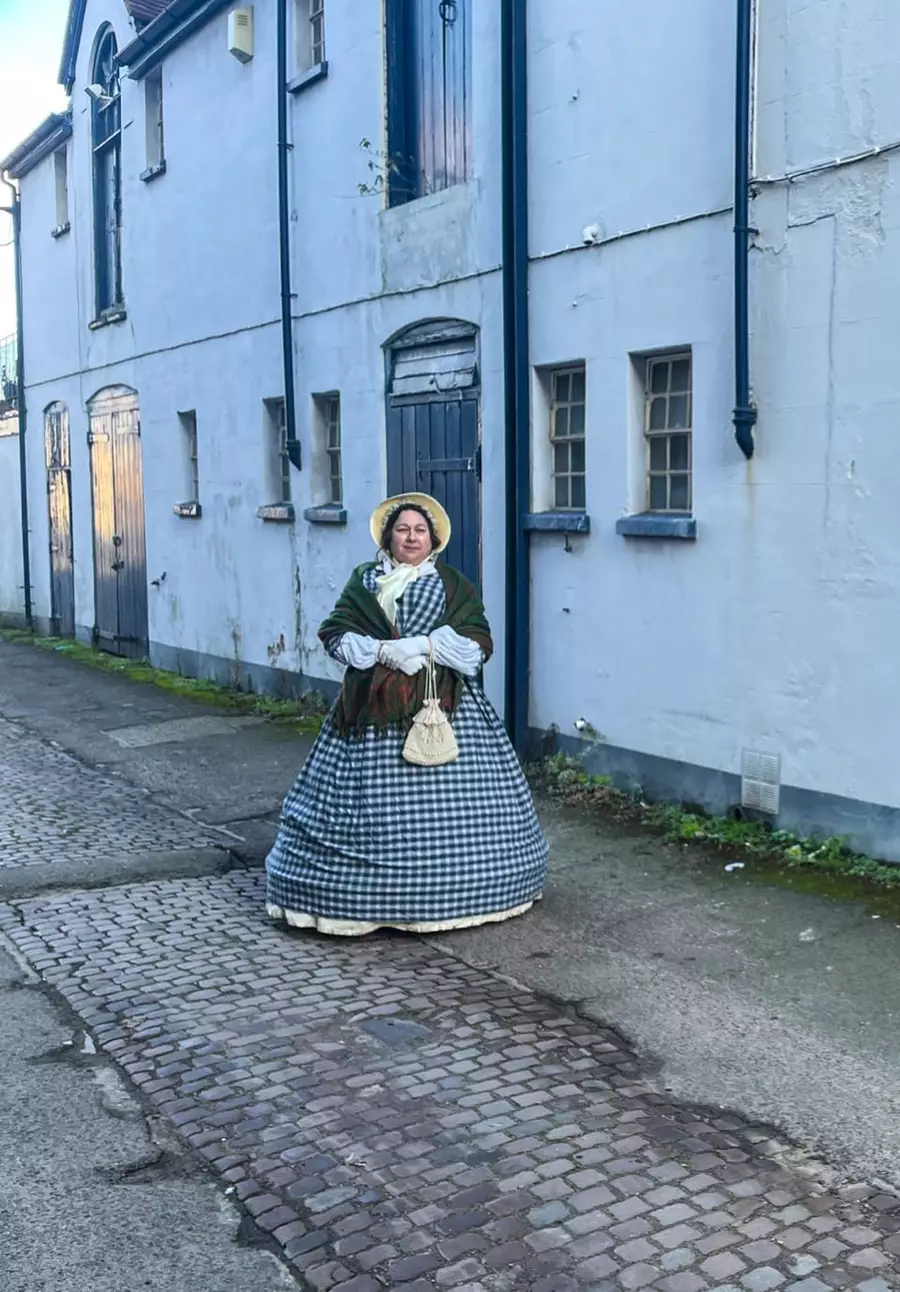
We progress up to the rather majestic-looking synagogue which has an interesting story dating back to the 18th century. I am told that the land had been given to the Jewish community by a person staying at St Bartholomew’s Hospital up the hill directly behind the present site of the synagogue. I am even shown the small walkway that those who were sick would take directly up to the hospital where they would remain in care. The original Synagogue was also distinct in its appearance as the clock face was decorated with Hebrew characters, a unique addition to buildings in the area. The more recent and grand-looking synagogue was built by Simon Magnus in memory of his son Captain Lazarus Magnus, with his name engraved above the doorway of this impressive building. Mrs Dickens recalls the life of Captain Lazarus Magnus, although he never was a Captain of a ship himself, he was very much a leader in this area of Medway providing much to the people of the area. His friendship with Isambard Kingdom Brunel and his work on the telegraph, and railroads and his assistance in the famous SS Great Eastern are all defining points in this great man's life. His contributions to the area led to his father personally having this new Synagogue built and is a place where people still come together as a community today. Learning about these incredible areas and people was such a joy with the passion that Mrs Dickens shows for the area, expressing the history of the area as well as having an impressive amount of foresight to predict what might happen to these places after her time (She was around in the 1850s after all!).
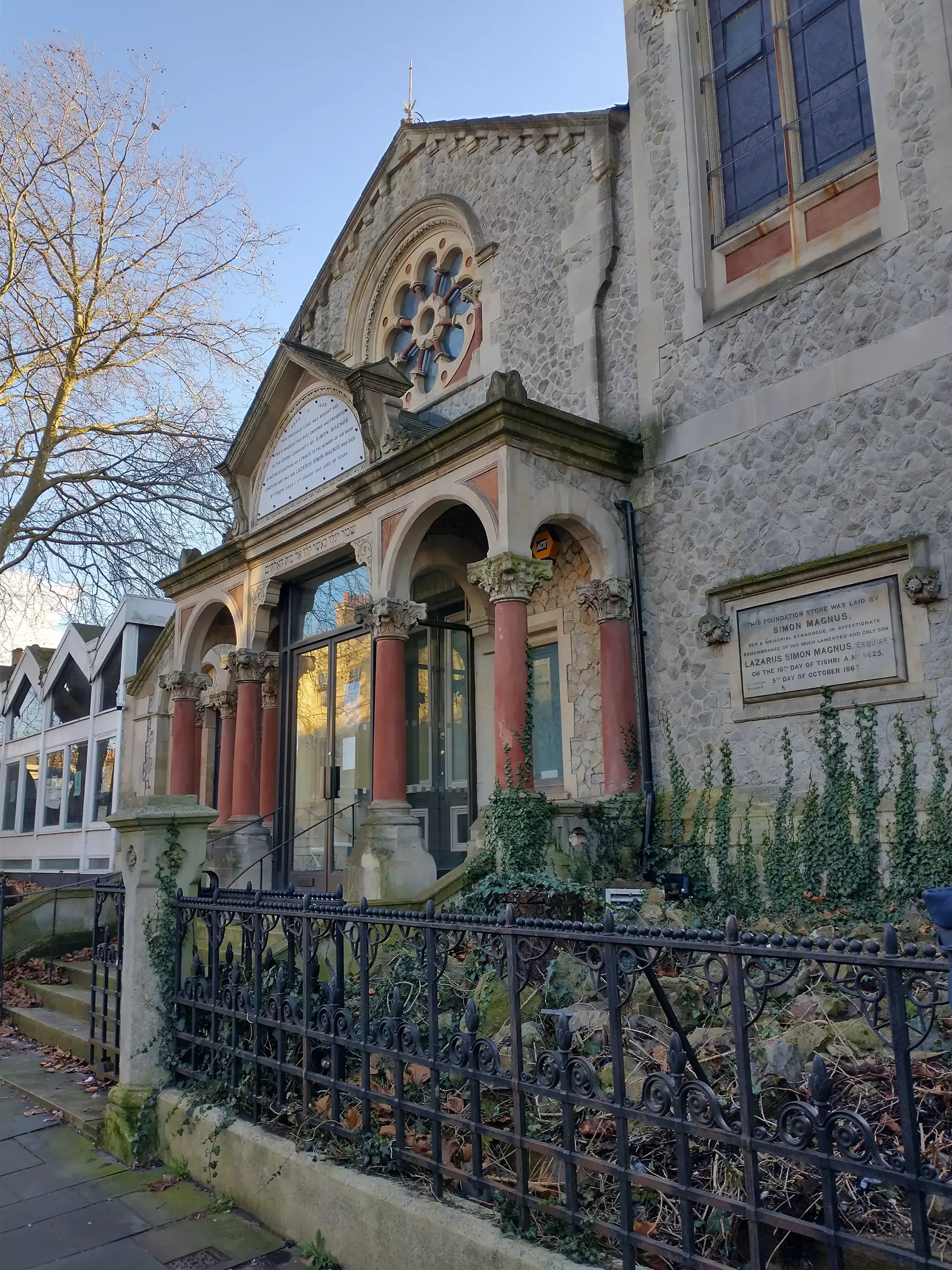
Walking up towards St Bartholomew’s Hospital we learn about this incredibly imposing-looking building which is, or rather was St Bartholomew’s Hospital. Mrs Dickens recounts how Bishop Gundulf, the chief engineer of Rochester Cathedral and Castle, as well as the primary builder of The White Tower of London, was instructed to construct a hospital outside of the City walls for those suffering from ailments, most notably leprosy. She explains how the hospital has been extremely important to the area and that it was one of the oldest in the entire country. We even see the lasting impacts of Florence Nightingale who worked at nearby Fort Pitt teaching nursing to locals.
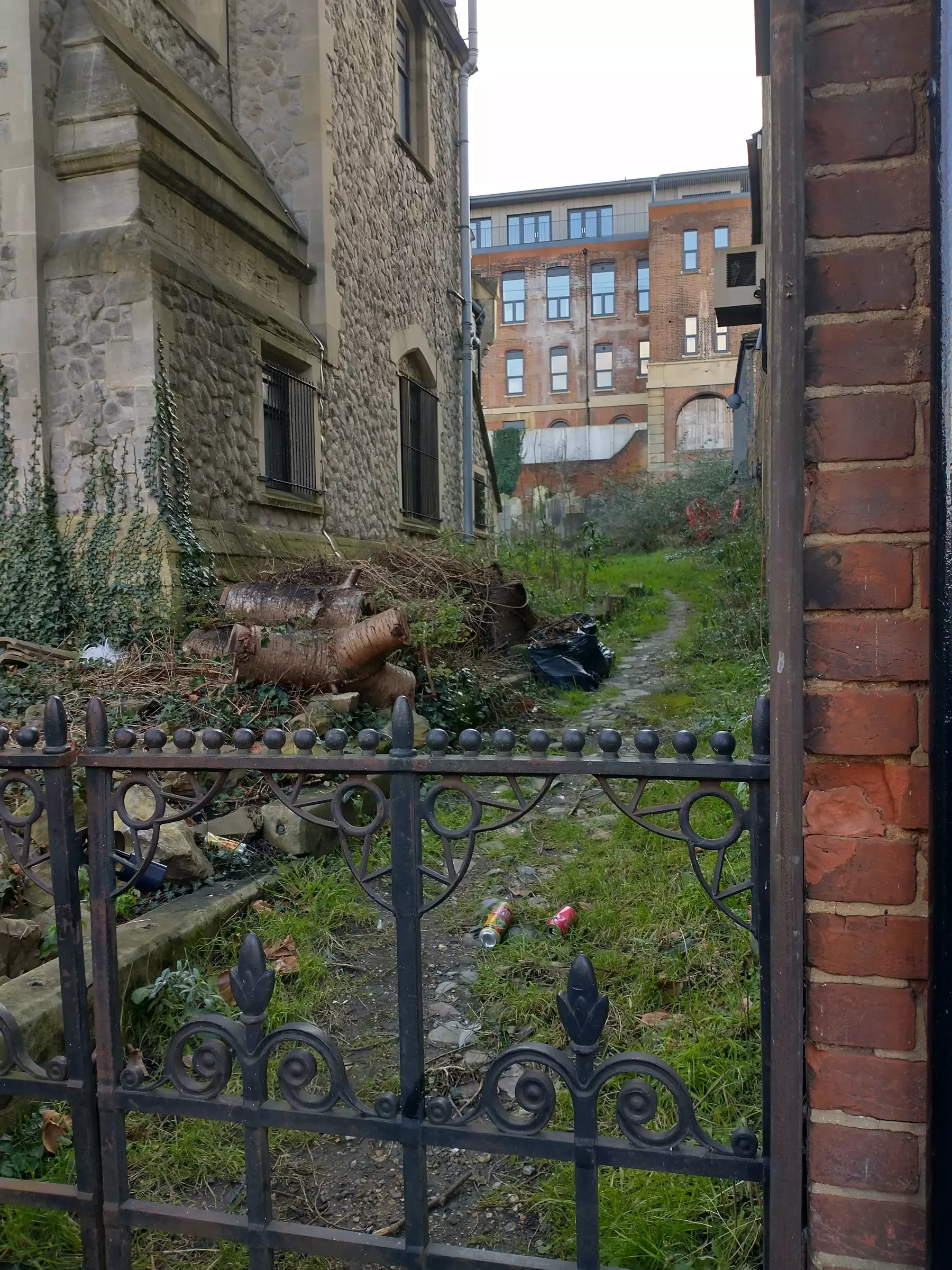
We head along to look down at the famous Featherstones department store. I learn of its importance to the heritage of the area, and Mrs Dickens provides us with some pictures of what was found on the interior. The images of the paintings we see can only be described as breathtaking. They gave me a feeling of the grandeur of the Palace of Versailles, with Mrs Dickens saying they remind her of the beauty of Hampton Court. I am informed of the importance the Featherstones family have had on the area, alongside other notable families such as the Hulkes and the Arkcolls who helped develop the area we call Chatham Intra.
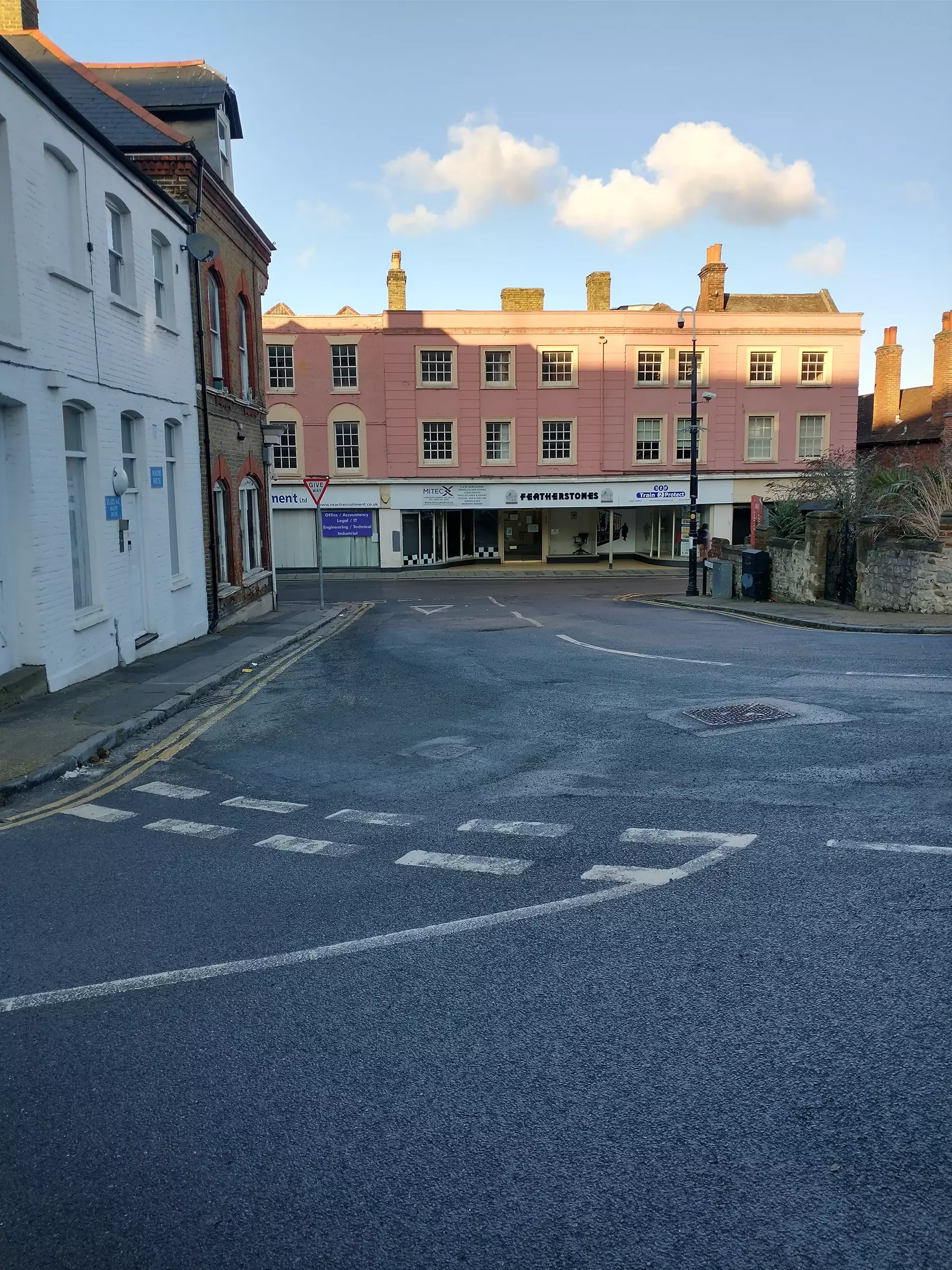
The hidden and often-forgotten history of this area has been a pleasure to learn about. Mrs Dickens was a brilliant help in informing me of the many buildings and people who built this area up, to bringing this history to life. It felt like we were journeying back into the past to uncover the mysteries of the buildings we pass in our everyday lives. I would definitely recommend going to one of these tours if you want to feel as part of the history as those who defined this area. This blog only gives a glimpse into what we learnt and there were plenty of other locations we were shown that were just as interesting. Words alone cannot do this tour justice. To walk the same path as a rich merchant to the path that the ill fortuned took up to St Bartholomew’s is something which should be experienced. You can learn more about this tour below.
Special thank you to Kate Mechedou and Mrs Baker’s Medway Theatre Company.
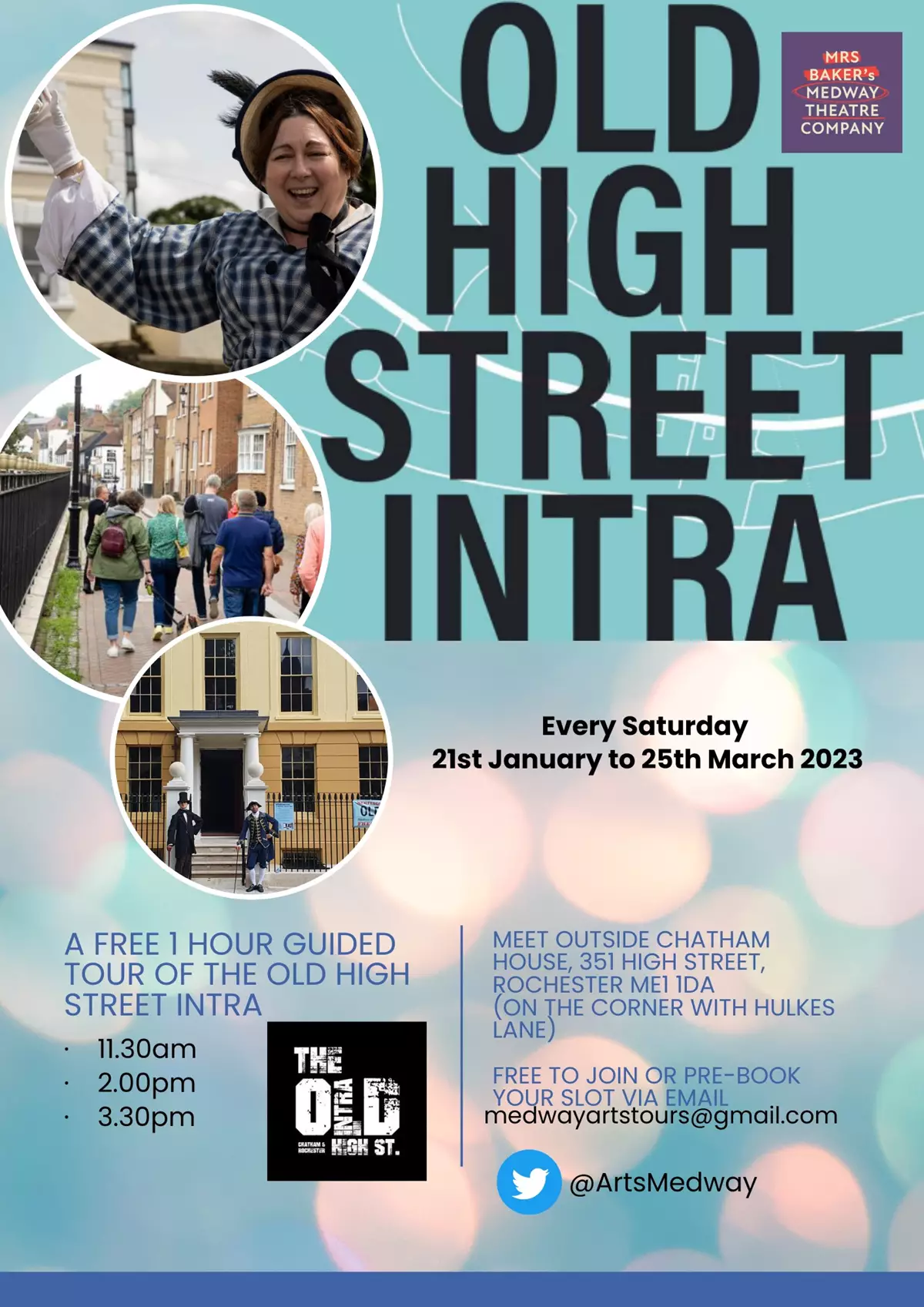
![IMG 20230121 141220782 HDR[1]](/media/81499/img_20230121_141220782_hdr-1.jpg?anchor=center&mode=crop&width=1200&height=300&format=jpg&rnd=133189456850000000)
